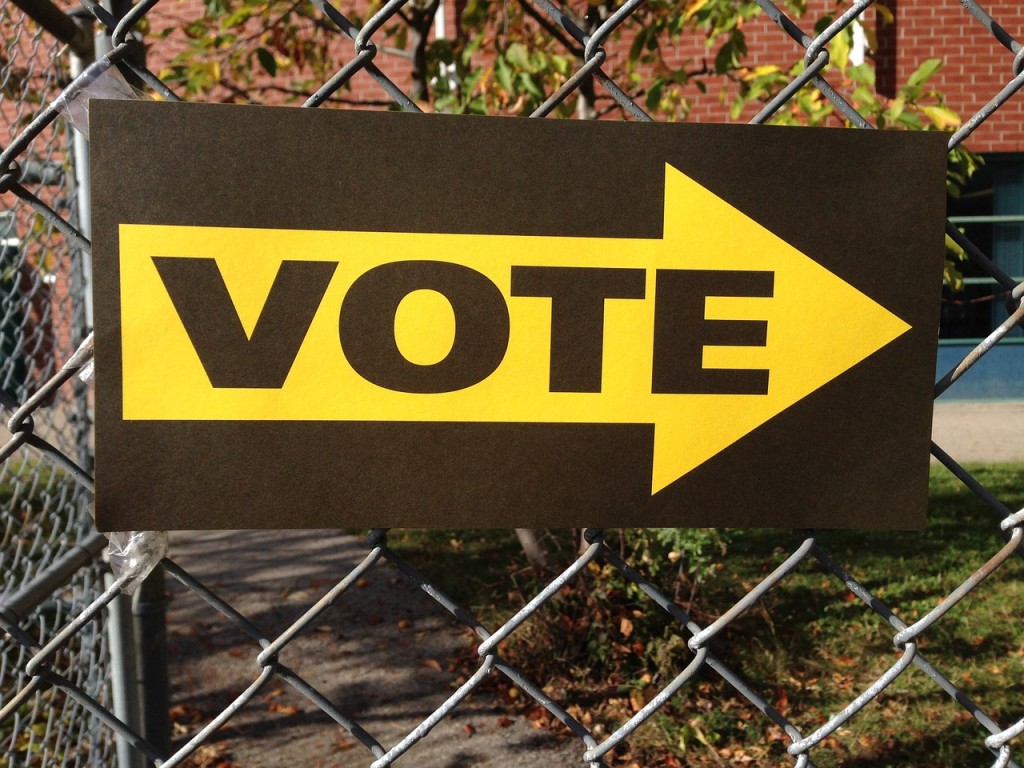The most important results of the first round of Lithuania’s parliamentary elections on 11 October in the spotlight: The conservative Homeland Union, which had previously been in the opposition, celebrated victory. However, the current governing Farmers and Greens Union immediately pointed out that in the second round, which will take place on October 25, the voters could still turn the result in their favor.
The newly formed Liberal Freedom Party, which campaigned for LGBT rights, education policies and legalisation of cannabis, was the biggest surprise of the first round, winning 8 seats. The Liberal Movement, Lithuania’s established liberal party, also made it into parliament. Possible governmental constellations are already clearly emerging.
With 23 seats, the conservative Homeland Union was indeed the clear winner of the first round of Lithuanian parliamentary elections on October 11, 70 MPs in the multi-member constituencies (proportional representation) and 3 MPs in the single-member constituencies were elected.
Ingrida Šimonytė from the Homeland Union, who received over 60 percent of the votes in the constituency of Antakalnis in Vilnius, won her direct mandate in the first round. Šimonytė, who lost in the last presidential election in a run-off vote against the non-party candidate Gitanas Nausėda, is seen as the most promising candidate for the post of prime minister. Two direct mandates also went to the candidates of the conservative Electoral Action of Poles in Lithuania.
The remaining 68 direct mandates will be allocated in a run-off vote next Sunday, October 25. In 54 single-member constituencies, the candidates of the Homeland Union are in the lead, with the candidates of the Farmers and Greens Union taking first or second place in 32 constituencies.
Liberal Parties in Parliament
The Liberal Freedom Party, which was founded just over a year ago, was the biggest surprise of the first round of parliamentary elections with 9 per cent of the vote, as it had just hit the five per cent hurdle in most pre-election opinion polls.
During the election campaign, the party focused on student-centred education, LGBT rights, legalisation of cannabis, economic innovation and e-government.
Aušrinė Armonaitė, leader of the Liberal Freedom Party, said voters heard the Liberal Freedom Party’s message about the importance of education and improving the human rights situation in Lithuania.
The impressive result of the Liberal Freedom Party is generally seen as a long-awaited change in Lithuanian voter preferences, as well as an expression of the increasingly active voice of young people.
The party has secured eight seats in the Lithuanian Seimas and still has a chance to win twelve more in the run-off vote.
The already established Liberal Movement won 6.8 per cent of the vote, securing six seats in parliament.
“I consider our result to be good. To tell you the truth, we expected a slightly better result, but we have as many as nine candidates in single-member constituencies who got into the second round of voting,” said Viktorija Čmilytė-Nielsen, party leader of the Liberal Movement, after the first round of voting.
Possible Government Coalitions
Unless there is a big surprise for the Homeland Union in the run-off vote, its top candidate Ingrida Šimonytė will probably become Lithuania’s next prime minister.
The liberal parties may have what it takes to make a queen: as natural allies of the Conservatives (23 seats) in a hypothetical centre-right coalition, their 6 (Liberal Movement) or 8 seats (Liberal Freedom Party) would perhaps be sufficient for a majority to be formed.
Another possible option is a centre-left coalition led by the Farmers and Greens Union (16 seats). None of their current coalition partners has passed the five percent hurdle, but the social-populist Labour Party, with its surprisingly won 9 seats, could be available as a partner after the first round. This also applies to the Social Democrats with their 8 seats.
Voter turnout on October 11 was 47%, or three percentage points less than in the last parliamentary elections. In order to increase turnout in the second round of voting, the Central Electoral Commission extended the period for early voting.
According to the Central Electoral Commission, 3.02% of all voters cast their direct vote in the first two days, twice as many as in the first round.
Traditionally, however, turnout in the second round of voting in Lithuania is significantly lower.
The article was originally published at: https://fnf-europe.org/2020/10/23/liberal-parties-in-lithuania-enter-second-round-of-parliamentary-elections-on-a-stronger-note/
Continue exploring:
Opposition Conservatives, Liberals Edge Toward Win in Lithuania’s General Election



